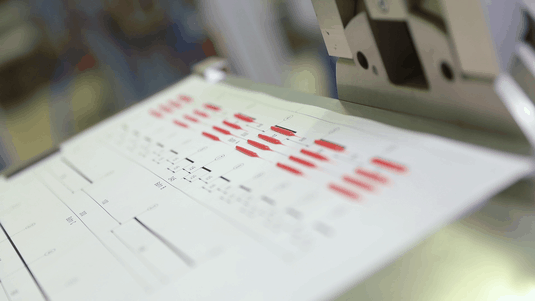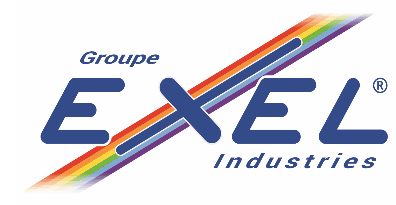Structural adhesives & sealants in Body in White
Adhesives
In car body construction, multiple pieces have to be bond together when welding is not possible:
- For aesthetic reasons (exterior parts such as the roof, openings and car hood)
- For material reasons (composites and plastics cannot be welded)
Sealants
Sealants are used in car body constructions in order to waterproof the assembly of the steel plates as well as we to fill gaps. Thus, common warranties on anticorrosion (12 years) can be respected.
Dosing the right amount of adhesive ensures optimum sealing, reliable stability of the body, and the formation of a suitable substrate for the subsequent painting process.
Many different kind of adhesives & sealants are being used, mostly epoxy-based or 2K polyurethane.
Our solution: A complete double barrel system
Sames offers you a complete conveying and application system for efficient gluing. In a standard double drum system, two powerful Ram stations pump highly viscous material from one container. The supplied control system ensures accurate conveying, as well as, optimal system tuning. The finished material feeds the 1K or 2K dosing unit, which is mounted on a bracket or on a robot. Contact us for more information!

Important parameters for gluing
Different types of applications
Continous bead
In most cases, car productions will opt for a continous bead application. Indeed, the sealing applications have to be continous to assure waterproofness. In this case, our standard outlet valve is the perfect solution as the needle closes directly inside the nozzle and ensures a very clean bead end.
However, for structural reasons, adhesive applications may request very quick variations of the bead width. In that case, a special outlet valve with variable restriction is required.

Stitch bead
Due to safety regulations, it is not allowed any more to weld directly on a bead of adhesives. Indeed, the heat can produce toxic vapours during production. In order to solve this problem, we apply the bead in a stitch. By doing this, we are able to avoid glue under a welding point. This kind of application requires very fast opening and closing of the outlet valve, faster than the communication speed of the robot. Therefore, we have developed a special program that includes the size of each stitch. The robot simply has to transmit a start and end signal.
Visual control
Efficient and reliable production is rounded off by a visual control system that monitors optimum adhesive application. Most plants already use 2D systems for this purpose. 3D monitoring systems are even more precise: They offer maximum process control but are more expensive to purchase.
Conclusion: Visual monitoring of adhesive application is always worthwhile, regardless of whether a 2D or 3D system is used. Due to their geometry, beads are easier to monitor than swirls.







